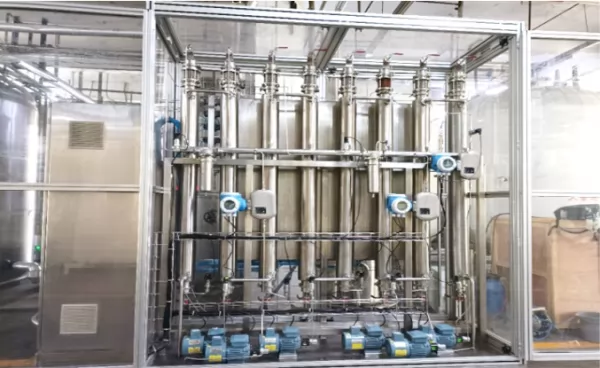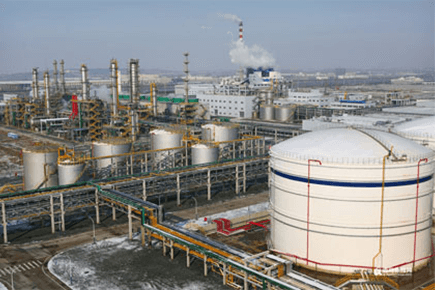
Reinigung und chromatographische Trennung der Mannoseproduktion
1. Introduction to Mannose:
Mannose is an organic monosaccharide with the molecular formula C6H12O6 in the form of a white crystalline powder that plays a crucial role in human metabolism, particularly in the glycosylation of specific proteins.
_1698301110_WNo_600d381.webp)
The production of mannose requires a specific separation and purification processes to effectively eliminate impurities, color, and other undesired components. This not only results in a superior quality product but also broadens the scope of its application in the food and pharmaceutical industries. Such purification ensures that the mannose meets the requisite purity and quality standards, thereby enhancing production efficiency and reducing energy consumption and cost.
2. Purification Methods of Mannose:
The extraction and preparation of mannose involves adifferent methods of isolation and purification processes, the selection of which largely depends on parameters such as quality requirements, production scale, and available equipment. These are the most common methods used for mannose purification:
2.1. Activated Carbon Adsorption
Activated carbon, characterized by its large pore structure and adsorption surface area, is employed to remove organic impurities, color and flavor substances from the mannose solution. Although this improves the product quality, it does not significantly reduce the salt content.
2.2. Evaporative Crystallization
Evaporative crystallization involves the concentration of the mannose solution through evaporation followed by separation via crystallization. This method is suitable for high-concentration mannose solutions and primarily results in the formation of mannose crystals. However, it also produces considerable quantities of mother liquor that contain high purity mannose impeded from crystallizing by salts and impurities. In addition, after multiple crystallizations, this mother liquor is typically discarded, resulting in considerable losses.
2.3. Ion Exchange
Ion exchange resins are employed to selectively remove impurities such as metal ions, organic acid ions, inorganic salt ions, etc. from the mannose solution. Certain ion exchange resins have the capability to adsorb pigments in the mannose solution, thereby improving its appearance and purity. Ion exchange is usually carried out in two ways: continuous ion exchange system or fixed bed, which is suitable for the refining treatment of the sugar solution with low salt content, but it is more difficult to separate the heteropolysaccharide.
Sunresin SSMB Chromatographic Separation Equipment:

The SSMB sequential simulated moving bed chromatography system is an intermittent sequential operation simulated moving bed that combines the Monojet ® series jetted particle chromatography fillers. Through the ingenious combination of equipment and control programs, it simulates the movement of the filler layer, adopts different operating modes of intermittent feeding and discharging with different sequences and programs, and adds separation ports that can be used for individual components to flow out, achieving the batch separation of 2-3 components. It has been successfully applied to the separation and purification of products such as sugar alcohols, amino acids, organic acids, and pharmaceutical intermediates.
SSMB Chromatography System Features:
The SSMB chromatography system has the following characteristics in large-scale batch product separation: high precision, high yield, and low water consumption. The equipment has strong versatility, and a set of equipment can achieve the separation of different products. It can also selectively increase the separation ports according to customer needs, achieving the separation of 2-3 different components.
SSMB Chromatography System Applications:
-Separation of isomers: fructose/glucose, Psicose/fructose, mannitol/sorbitol, tryptophan/isoleucine, etc.
-Separation of oligomers: oligofructose, oligo-galactose, inositol, resistant dextrin, lactulose, propylene glycol, etc.
-Separation of organic molecules and salts: glycine, arginine, 1,3-propanediol, etc.
-Separation of organic acids and inorganic acids/salts: citric acid, separation of tartaric acid monoesters and diesters, separation of succinic acid monoacid and polyacid, etc.














